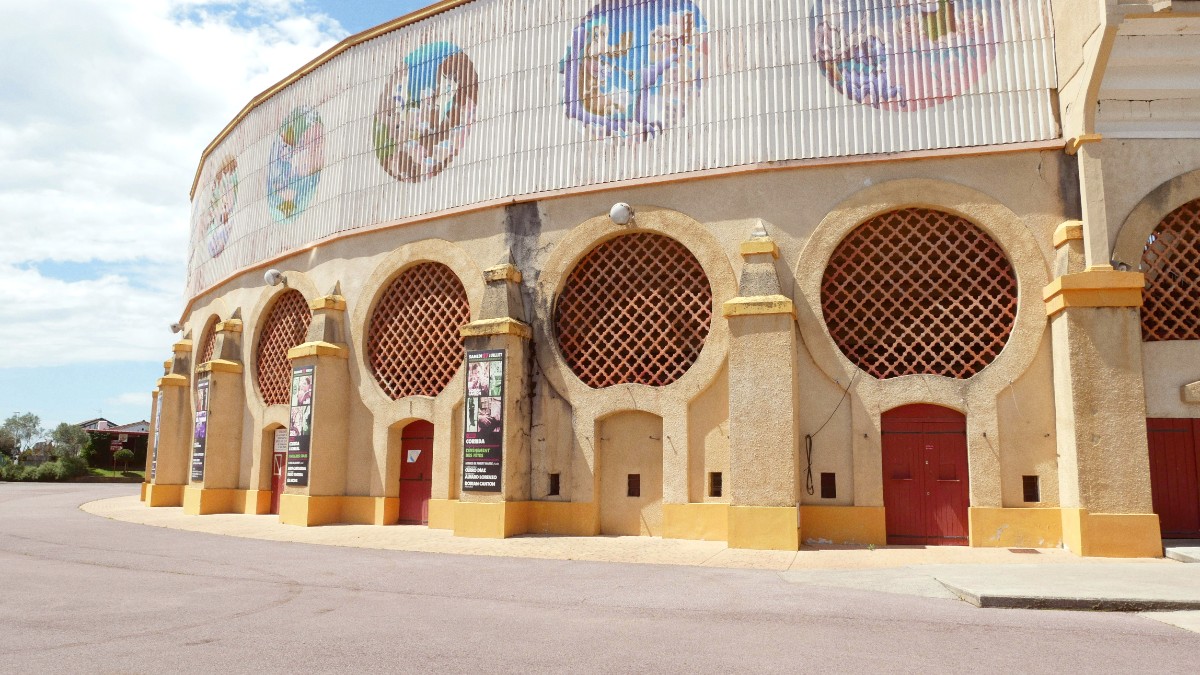
Southwestern France, France
Bayonne's cuisine blends French elegance with hearty Basque flavors, sharing traditions with Spanish Basque cuisine. It is famed for cured meats and its chocolate-making heritage.
ingredients include Bayonne ham, duck, hake, cod, Espelette pepper, and Ossau-Iraty sheep's milk cheese. Chocolate is also a famous specialty.
Light, often coffee or tea with a croissant or Pain au chocolat, sometimes bread with butter and jam.
Often the main meal. Many restaurants feature fixed-price set menus (Plat du jour or Menu du midi), which offer good value.
A more elaborate affair, frequently with multiple courses.
The famous cured ham, often served thinly sliced as a starter. Discover it in charcuteries and at Les Halles market.
A signature cured ham of the region.
A hearty stew with minced veal, Espelette pepper, onions, and bell peppers. A staple in traditional Basque restaurants.
A savory Basque veal stew.
A traditional pastry, often filled with black cherry jam or pastry cream. Discover this sweet treat in local bakeries.
The quintessential Basque dessert.
Basque Cider (Sagarno), Irouléguy Wine (red, white, rosé), Patxaran (sloe-berry liqueur), and standard French coffee and wine.
Crêpes and galettes from casual stands. During Fêtes de Bayonne, temporary food stalls offer diverse local snacks. Pintxos in bars resemble a street food experience.
Upscale restaurants presenting refined Basque and French cuisine. Some have Michelin Guide recognition, like L'Auberge du Cheval Blanc (1 Michelin star), for an elegant experience.
Abundant in Grand Bayonne and Petit Bayonne, offering a mix of brasserie-style food, traditional Basque dishes, and contemporary French cuisine.
Bakeries and creperies offer quick meals. Les Halles market is excellent for prepared foods. Pintxos bars in Petit Bayonne serve affordable small bites.
While Basque and French cuisine are prominent, Bayonne also has international options.
These include Spanish (given proximity), Italian, and Asian restaurants.
Discover these diverse culinary establishments throughout the city, offering a welcome change.
Check local listings or mapping apps for specific addresses.
Increasingly available; ask if dishes can be adapted ("*sans viande*").
Awareness is growing; communicate needs with "Sans gluten".
Learn phrases like "Je suis allergique à..." to communicate.
Limited dedicated options; check specialized stores or restaurants.
Many Pintxos bars in Petit Bayonne present a unique social dining experience, allowing you to hop between bars.
This informal way to experience local cuisine is lively.
Sample different small dishes, often standing at the bar, interacting with locals.
It creates a convivial environment.
During the festival (late July/early August), traditional Basque dishes, local wines, and cider are widely available.
Engage with local producers at markets to learn about their products. Consider pairing local dishes with regional wines or cider.
Discover Bayonne's pioneering role in French chocolate production. Visit historic chocolatiers.
Learn about the curing process of the famed Bayonne ham, a true regional delicacy.
Venture to the nearby countryside to see how the signature Espelette peppers are grown and processed.
Check the official Bayonne Tourist Office website for updated restaurant lists and culinary event schedules.
These guides often feature hidden gems.
Use apps to help communicate dietary needs or understand menus when dining out.
"HappyCow" can assist with vegetarian/vegan options.
The central covered market offers fresh produce, cheeses, meats, fish, and prepared foods. Many stalls have seating for a quick lunch.
Sample Basque Cider (Sagarno) from Sagardotegi (cider houses) or local bars, or try Irouléguy Wine from the Basque foothills.
For an informal evening meal, explore the Pintxos bars in Petit Bayonne. You can sample a variety of small dishes while enjoying the lively atmosphere.